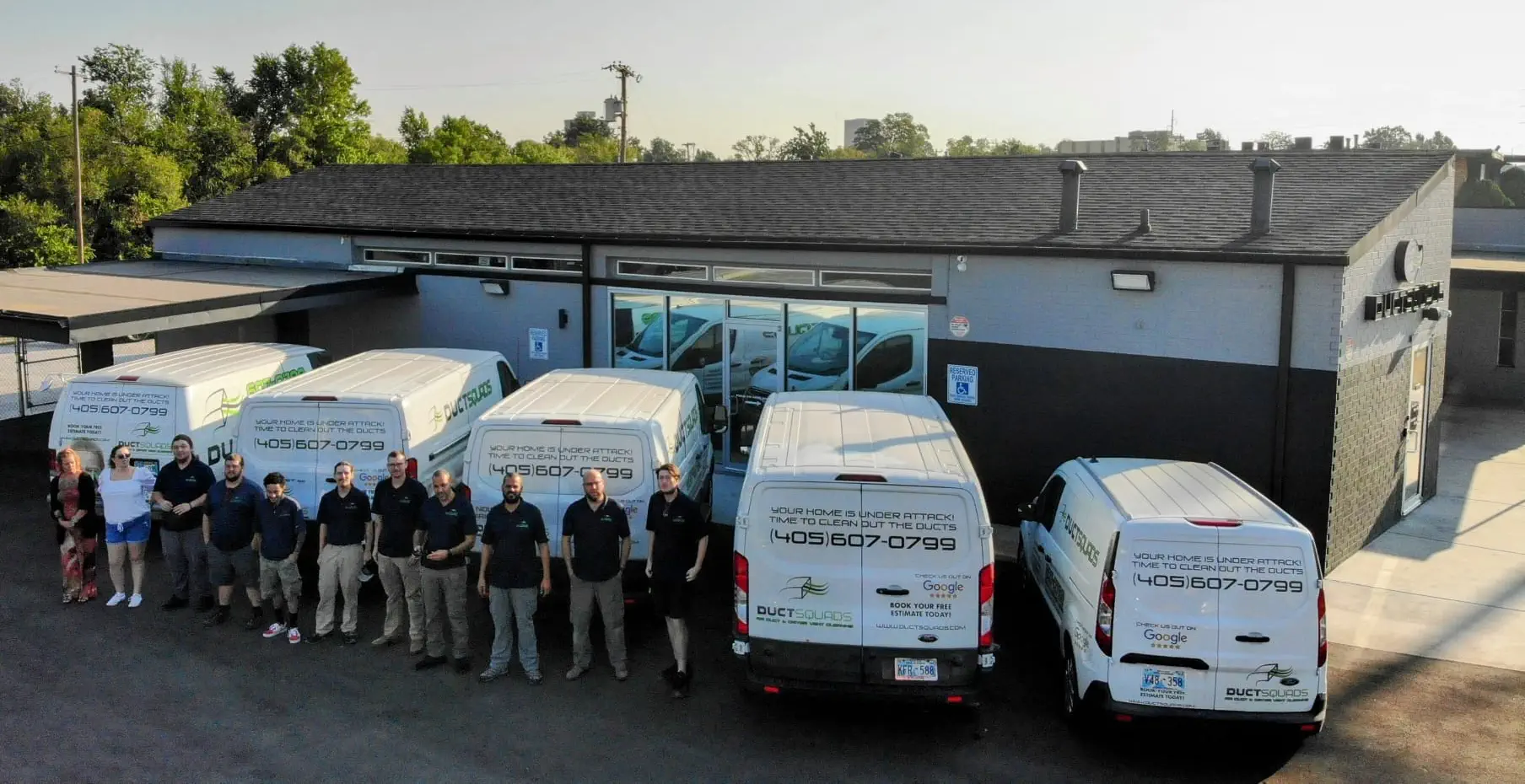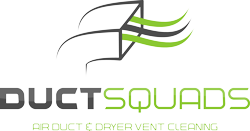According to the EPA, levels of air pollution inside the homes can be two to five times higher than outdoor levels. Household dust can contain mites, mold, mildew, pollen and animal dander- all of which is cycled through the central Air system, which completely circulates the air in your home three to five times a day. Cleaning your ducts can reduce this indoor pollution and help remove these contaminants from circulating through your home and lungs.

Why do I need my ducts cleaned?
How often do I need to clean my central air system?
- moving into a new home (unless you know the previous homeowner serviced the air ducts within the last three years)
- after building a new home
- after completing a home remodeling project (it’s likely the ducts have built up debris from drywall dust and other materials used during the construction phase)
- if home occupants have severe allergies
- if you have pets in the home that shed fur and dander
What is building up in my ducts?
Your furnace filter and return filters catch most of the things circulating in your air, but neglect can lead to a buildup of gunk inside your ductwork such as: construction, dust, mites, mold, mildew, pollen and animal dander. It is not uncommon to find other odds and ends like trash, small toys, screws etc.
How long does the duct cleaning process usually take
Our technicians will inspect your air system and depending on how your HVAC system works and how many vents we need to clean, it can take between one to three hours.
Can I clean my ductwork myself?
These services are not highly technical, nor is it overly complicated. Most of the time it can be performed by one person. Air duct cleaning, for instance, requires little more than feeding a hose into the supply-side air ducts through the register openings. But with the wrong equipment you can risk leaving dust, mold etc behind, which is why it’s beneficial to work with a professional.
Can getting my ducts cleaned affect my electric bill?
Yes, NADCA notes that contaminant buildup can also block airflow and force HVAC systems to work harder and for longer periods of time. This can increase energy bills and wear and tear on the systems themselves.
What's the best type of insulation: cellulose or fiberglas?
Each type of insulation has its inherent pros and cons and each is best suited for certain applications. That is why at Duct Squad do NOT specialize in only one type of insulation, but rather offer our customers options, taking the time to thoroughly explain the pros and cons of each insulation type and the applications that each is best suited for.
What areas of my home should be insulated?
Insulation is not just for attics and outside walls. Insulation should also be installed in other areas of your home such as ceilings with unheated spaces, basement walls, floors above vented crawl spaces, cathedral ceilings, floors over unheated garages or porches, knee walls, in between interior walls (especially bathrooms), and ceilings or floors for extra sound control.
I'm on a budget. Will insulating areas of my home result in larger energy savings?
Yes and no. While insulating certain areas will provide you with long term energy savings, in order to fully realize the energy savings, one should properly insulate their entire home.
What is R-value?
Insulation is identified and labeled by its R-value. “R” stands for resistance to heat flow; therefore, the higher the R-value, the greater the insulating power.
How can I tell the R-value of my current insulation?
Different insulation products have different R-values so be sure to read the packaging carefully. Additionally, the R-Value of your insulation can decrease over time as the product ages or settles.
To determine the R-Value of your current insulation, please contact us at (405) 607-0799.
What is retrofit insulation?
Retrofit insulation is simply an industry term for the upgrade of an existing home’s insulation.
During retrofit, do you need to remove my existing walls and/or floors?
No. During a retrofit, we start by removing small sections of siding, where we will drill small holes into the wall sheeting of your home. From there, we insert a small hose into the drilled holes that reaches to the top and bottom of the wall cavity, resulting in a dense, tight, well insulated cavity with no air infiltration.
Once filled, we re-install the siding. No unsightly plugs.
Where can I find information on other energy saving opportunities?
A good source for energy saving tips is the Federal ENERGY STAR program website from the US Government.
Do I need to remove existing insulation that's already in place?
Not necessarily. Adding additional insulation can have a cumulative impact on the overall R-value. Professional insulation contractors will be able to determine if the existing insulation can provide any cumulative effect. And if not, we can provide the service of sucking the old insulation with a big vacuum to a big bag outside of your house and hallow them for you. Before adding the new insulation, our technician will seal any hole in the ceiling from the attic to prevent weather intrusion.





